Arazá
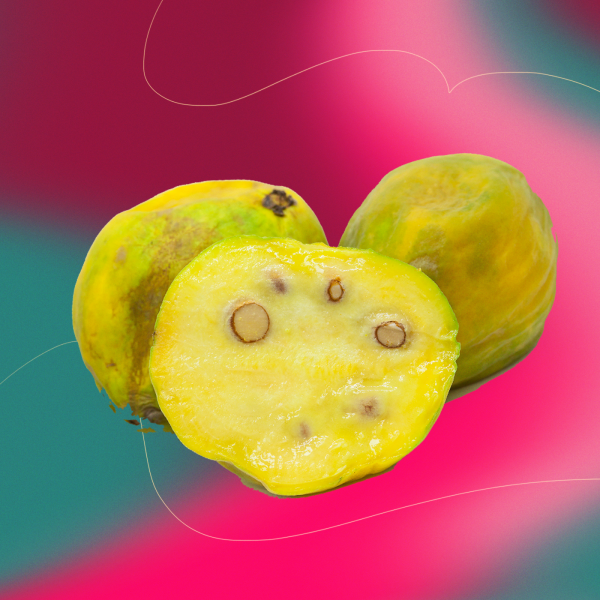
Native to the Amazon Rainforest in Brazil, Colombia and Ecuador, this fruit is also known as the Amazonian Pear. It is very acidic but can be processed into other food and drinks like juice, ice cream and jelly.
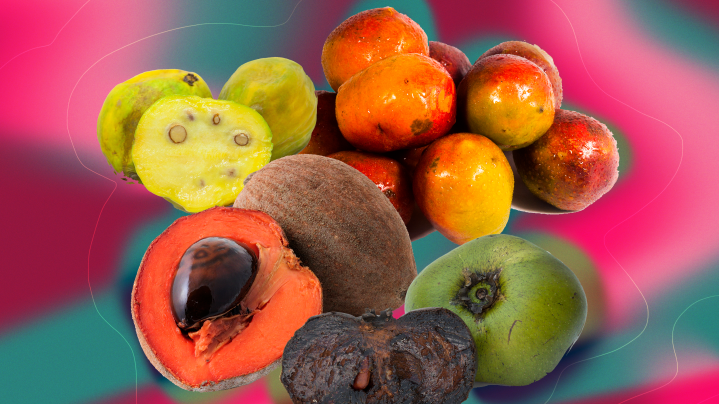
Art by Stephany Torres for Remezcla
It wasn’t very peachy for a lot of fruits when Twitter users started debating which of them should be considered “bottom-tier fruit” in the agricultural hierarchy. The tweet that started the argument chose pears as one of the worst fruits to consume.
Of course, people argued, and some even built fruit pyramids to display which were their favorite and least favorite fruits. Many of these lists ranked the fruits but also had a section at the bottom that included some fruits they had never heard of before.
Know what a dangyuja is? It’s a citrus fruit from South Korea that is mainly used to make tea. How about a salak? It’s a fruit from a palm tree native to Indonesia that sort of looks like an avocado from the outside and garlic from the inside.
Unfortunately, not many fruits from Latin America were mentioned in the discourse, except for the wildly popular ones like pineapple, a fruit indigenous to South America, which landed on the top-tier for many people. But what about the lesser-known fruits that are native to Latin America?
Here are 11 exotic fruits that you maybe haven’t tasted (or heard of) yet. Please note that all of these fruits are called something different depending on what country you’re in.

Native to the Amazon Rainforest in Brazil, Colombia and Ecuador, this fruit is also known as the Amazonian Pear. It is very acidic but can be processed into other food and drinks like juice, ice cream and jelly.
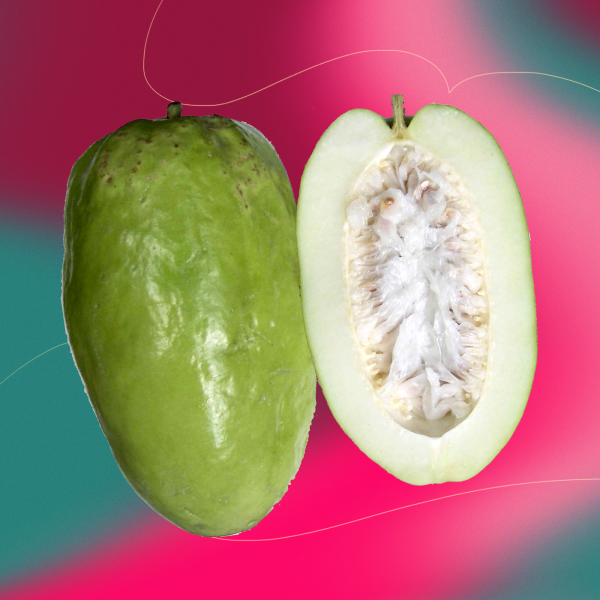
Also known as the Giant Tumbo, this fruit grows abundantly in Central and South America on a plant that also grows purplish flowers. The flesh of the fruit is used in some countries for medicinal purposes for everything from insomnia to digestive problems.
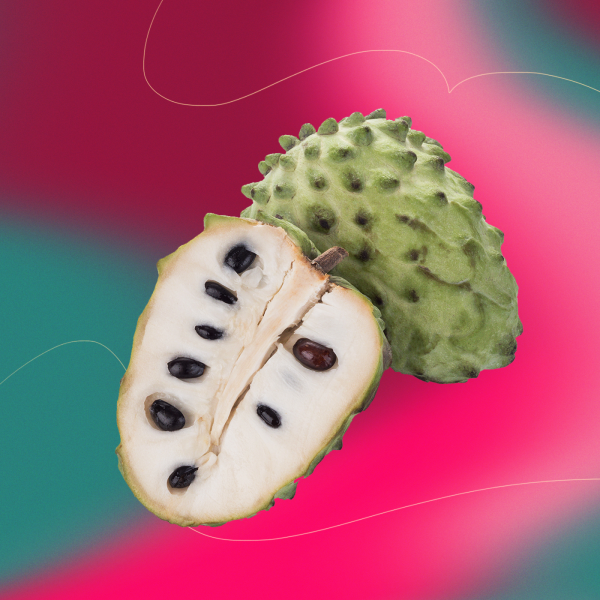
Also known as the Custard Apple, it is believed to be native to Colombia, Ecuador, Perú and Bolivia. The name comes from the Quechua word “chirimuya,” which means “cold seeds.” Writer Mark Twain once called it “the most delicious fruit known to men.”

Native to tropical forests in Central and South America, this fruit is also known as the Peach Palm. It is said to have the taste of hominy, dry squash or roasted chestnut. It is sometimes used as a substitute for corn in animal feed.
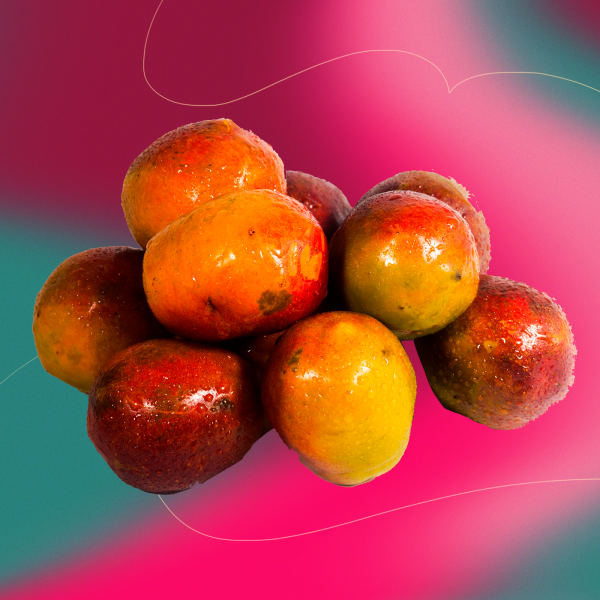
Also known as the Hog Plum, it is native in the tropical regions of the Americas—from Mexico to Brazil. There are dozens of varieties of the jocote fruit. They are high in calcium, phosphorus and iron.
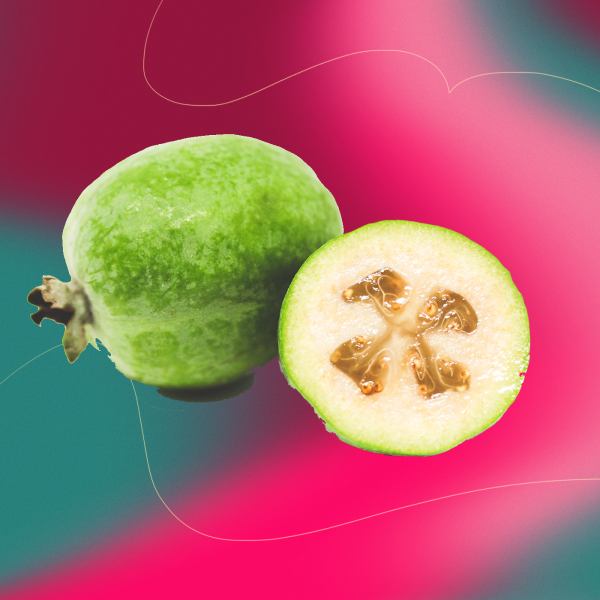
Native to countries in South America, it is also known as the Guavasteen or the pineapple guava. It is said to taste like pineapple, apple and mint. The pulp is sometimes used as an exfoliate in cosmetic products.
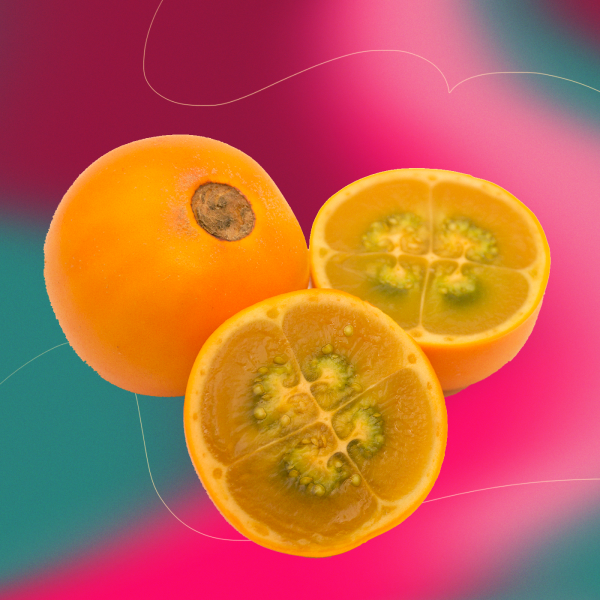
It may also be known as the Little Orange, but this fruit is not the same thing as a Clementine. The name comes from the Quechua language and grows mostly in Colombia, Ecuador, Costa Rica and Panama. They grow best with some shade.
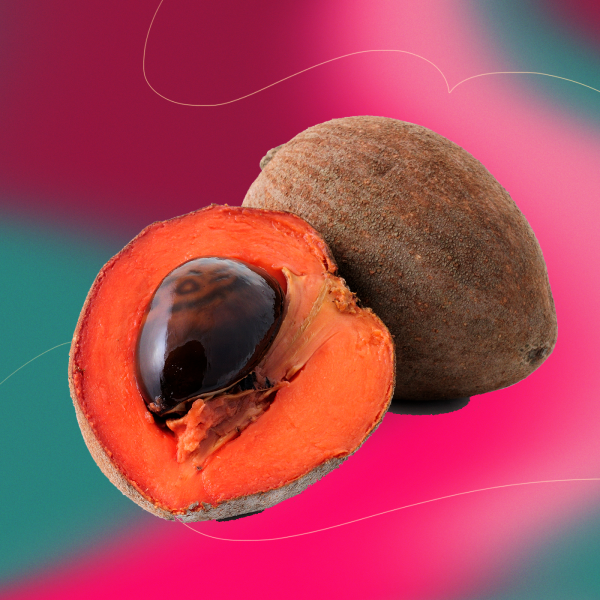
Native to Mexico and Central America, the fruit is said to have a flavor that is a mix of sweet potato, pumpkin, honey, prune, peach, apricot, cantaloupe, cherry and almond. It can be used to make ice cream and fruit bars and is also made into sapayul oil for beauty products.
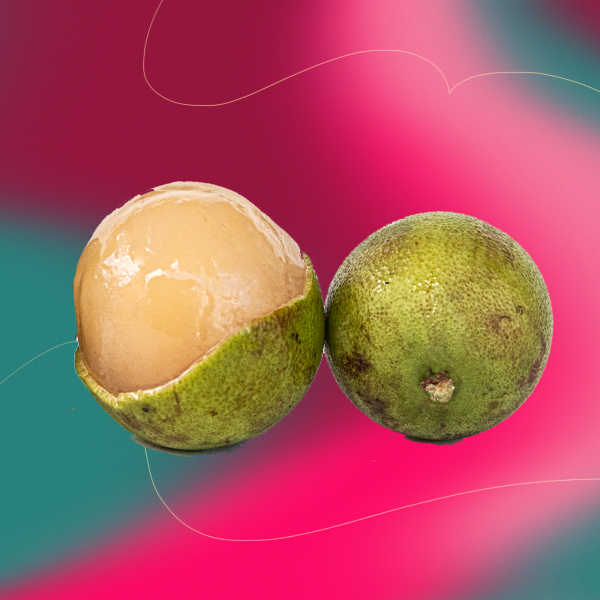
First cultivated in Puerto Rico in the 18th century, the fruit looks like a lime with a golden hard boiled egg inside it. Rapper Residente has a song called “Suave” where he mentions the fruit by another of its many names, Quenepa.
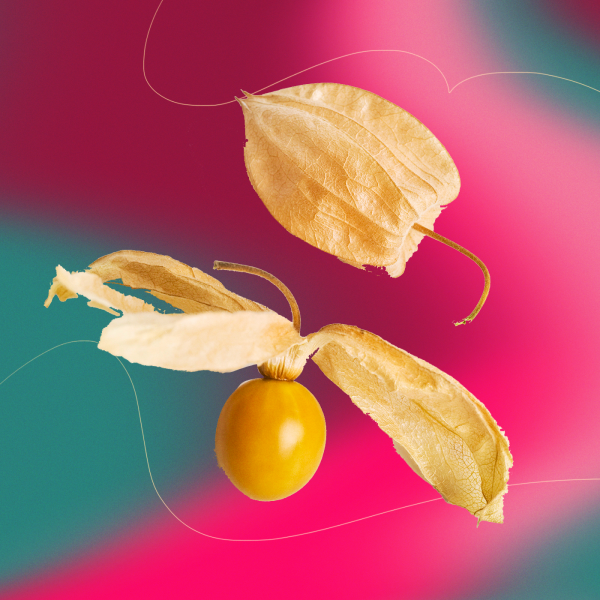
Also known as the Cape Gooseberry, the fruit is native to Peru and Colombia and grows wild in tropical regions. It is related to the tomatillo and is marketed in the United States as the Pichuberry to associate it with Machu Picchu in Peru.
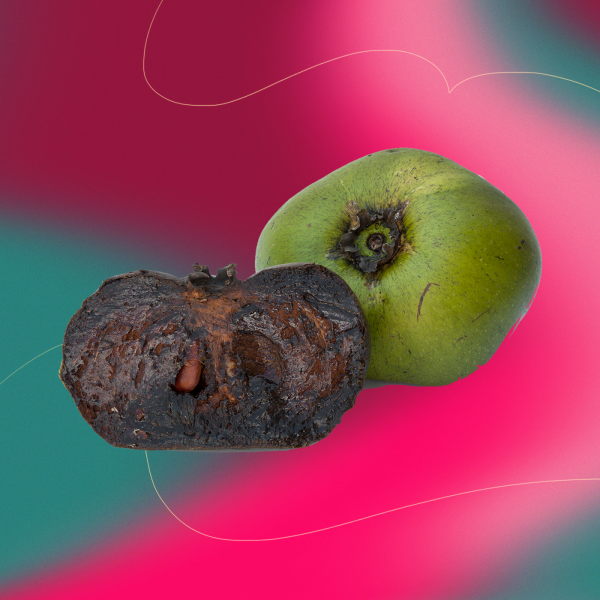
Also known as the Chocolate Pudding Fruit, this fruit is native to Mexico, Colombia and Central America. When ripe, the pulp has “the taste and consistency of chocolate pudding,” according to the book Florida’s Best Fruiting Plants: Native and Exotic Trees, Shrubs and Vines.
